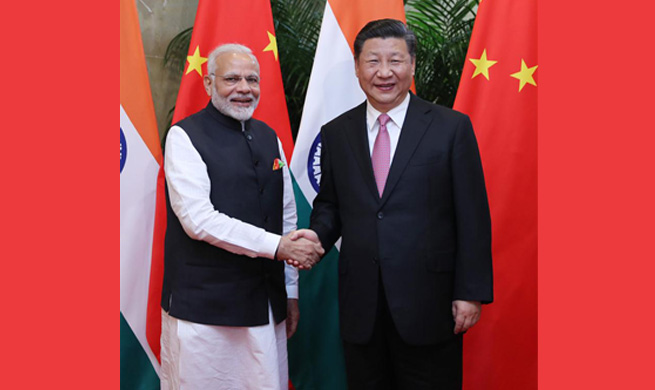BEIJING, April 27 (Xinhua) -- China unveiled new rules that regulate the asset management businesses of financial institutions Friday, a key step toward standardizing the country's fast-growing asset management industry.
The long-expected guidelines, first released in November last year in draft form, unify regulatory standards for asset management products and address issues such as regulatory arbitrage, according to a statement released by the People's Bank of China, the central bank.
The transitional period of the new rules will be from Friday to the end of 2020, compared with the end of mid-2019 as set in the draft guidelines.
The extension will allow financial institutions sufficient time to adjust to the new rules, the statement said.
The official guidelines also set different leverage ceilings on different asset management products according to their risk levels.
For example, the total assets for an open-ended public offering product should not exceed 140 percent of the product's net assets, while the total assets for a closed-end public offering product should not be greater than 200 percent of its net assets.
China's asset management businesses have been expanding rapidly in recent years, with collective outstanding volume reaching over 100 trillion yuan (about 15.8 trillion U.S. dollars) by the end of 2017.
But the expansion has also brought issues such as high leverage and shadow banking, which the new rules attempt to rein in.
The guidelines also specified rules covering investment advisory businesses that use artificial intelligence technology, requiring financial institutions to obtain qualifications before conducting such businesses.
















